Body is divided into 7 segments: 1 head, 2 half torsos, 4 limbs. Stance is neutral 50/50 weight distribution. Centre of mass (COM) at torso lower apex. Bow divides upper from lower. Pelvis is the saddle connecting rider above and horse below. Muscle control applies single strut, bow and string, tensegrity model. Pull force to bow or string controls COM and weight shifting in movement direction. Balance happens when COM is inside the base of support which are the feet.
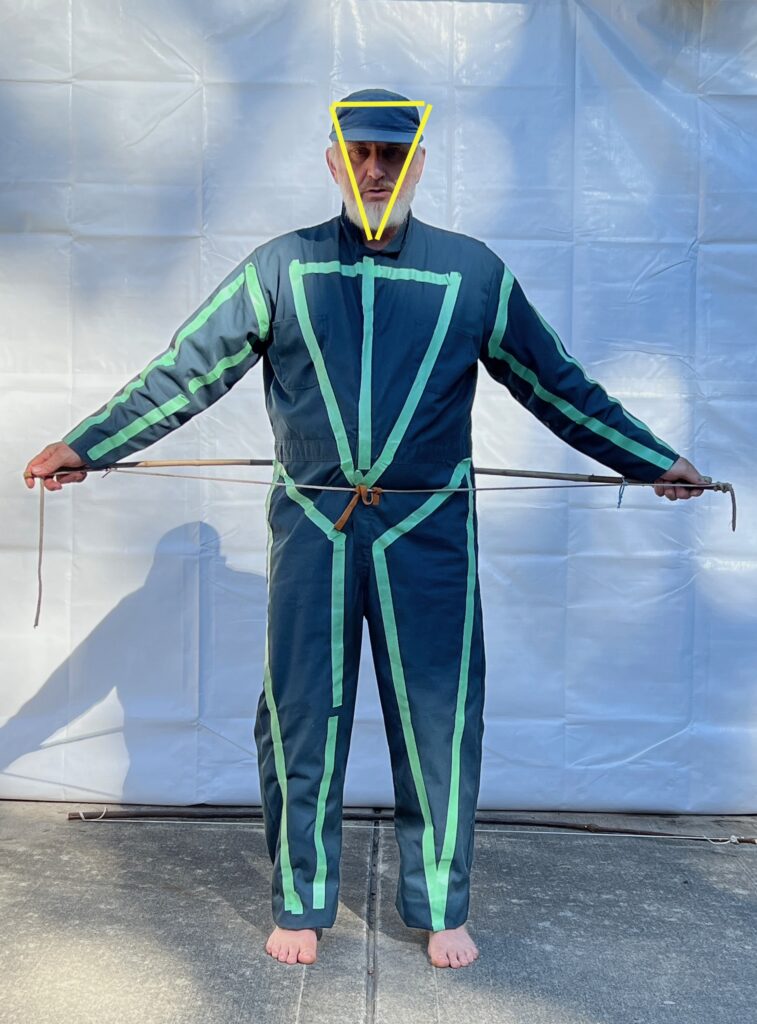
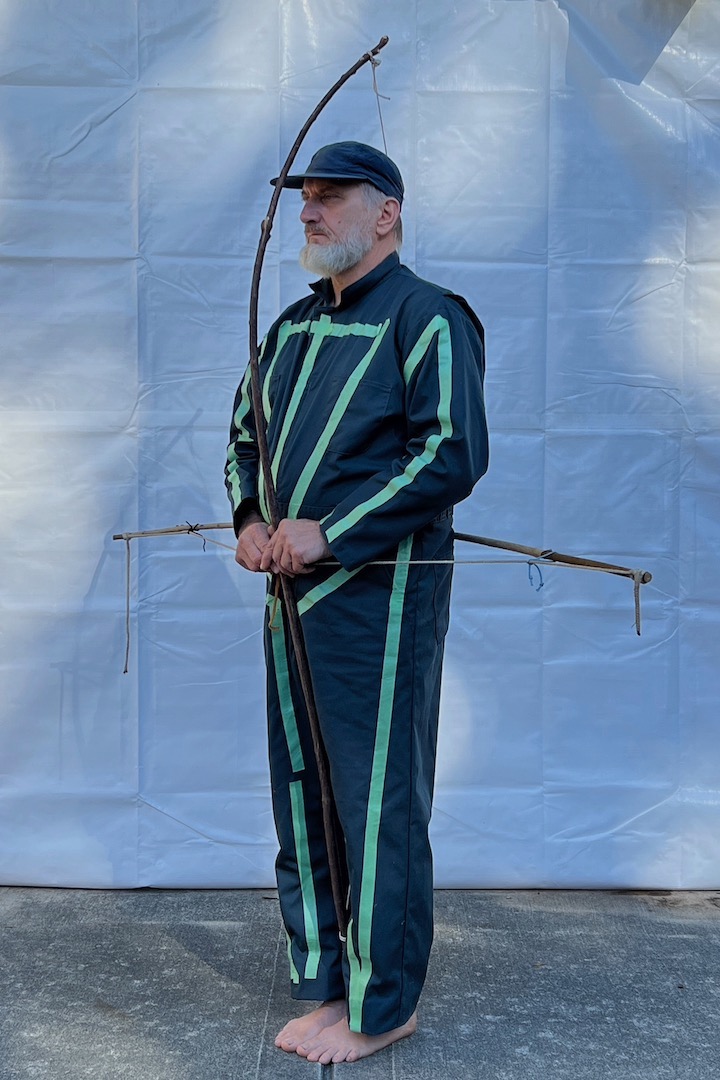
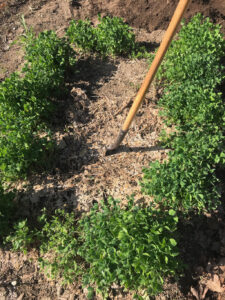
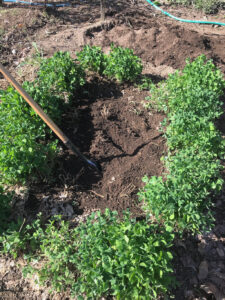
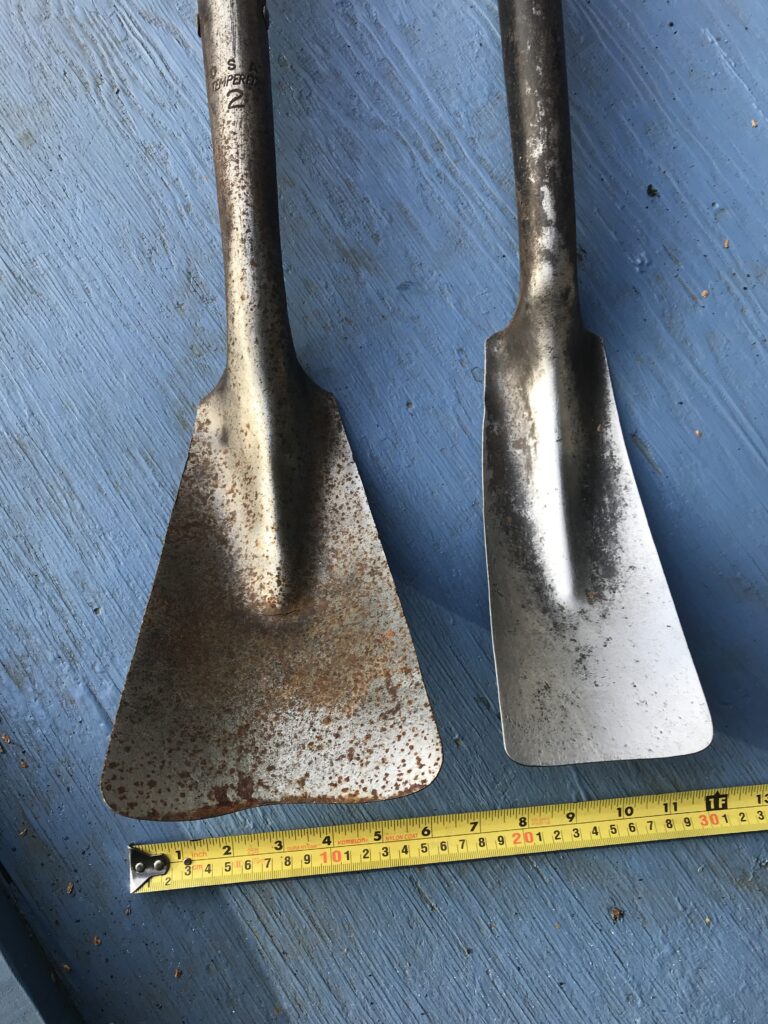
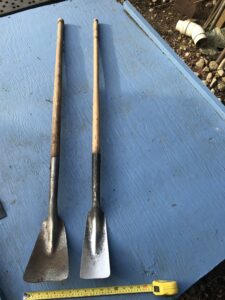
Recent Comments